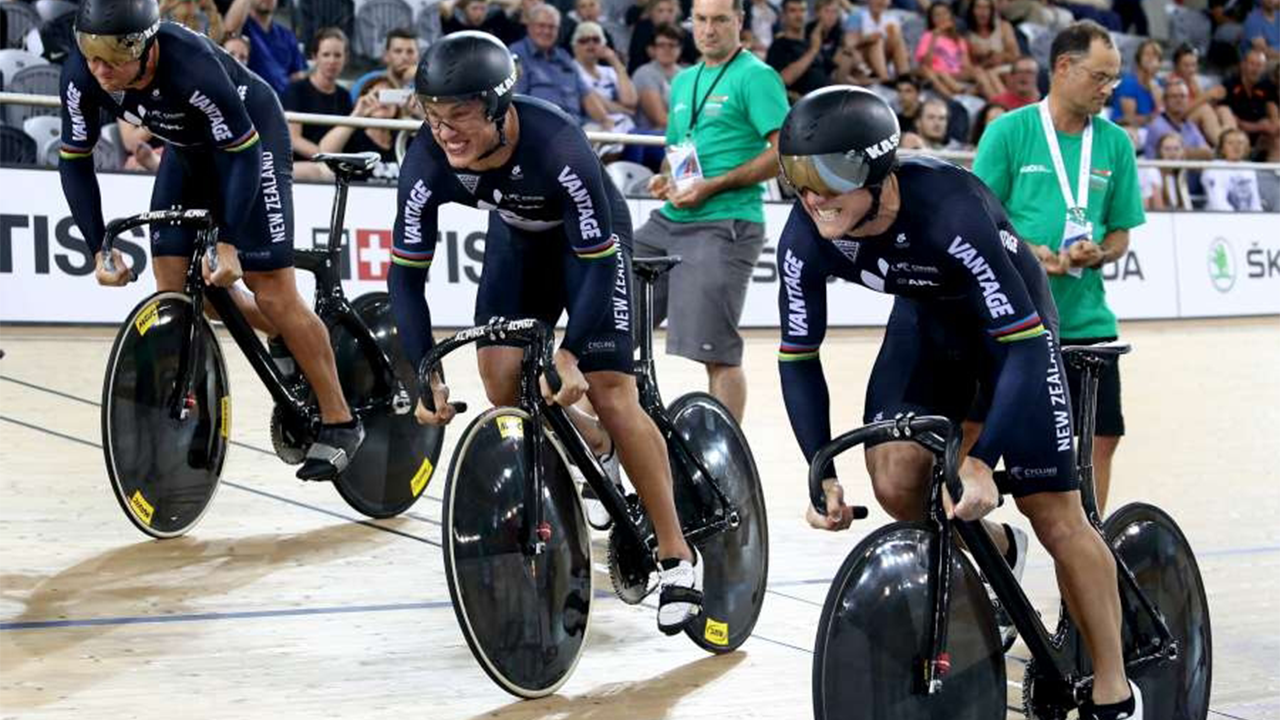3 Tips to Maximise Your Training & Perform at Your Best!

We’ve discussed periodisation, programming and planning in many of our blogs, and whilst for the most part, the athletes that we come into contact with have a fairly sound understanding of how to structure a training program... From time to time though, we are asked the question:
How do I fit all of the training elements into my program throughout the season and perform on time?
In this blog, we will offer you 3 fundamentals of training to help ensure you tick the boxes at the right time to enhance performance.
Train a Few Elements Well (Don’t try and train everything at once)
When cooking a roast dinner, you don’t put all ingredients in the oven (both meat and vegetables) at the same time and expect they’ll all be cooked perfectly when you pull them out…
The same principle applies when it comes to planning and executing your training.
For example. If you try and train endurance, speed-endurance, top end speed and strength all at the same time, you’ll hinder your ability to produce best performances in any one component.
That’s where the concept of periodisation begins.
If we revisit the roast dinner analogy.... if the roast was your aerobic base (foundation training phase), vegetables your speed-endurance (specific training phase) and gravy your peak speed (pre-competition specific phase), to have the perfectly cooked meal (i.e. achieve your best performance), you’ll need to:
a) put the roast in first (foundation training first)
b) vegetables in later (specific training comes in once you've commenced base fitness training)
c) and dress with gravy last (top end speed is introduced closer to competition).
There will be some overlap between training components, and getting the mix right comes down to a number of factors such as training age, life considerations (such as work and family commitments) and time - i.e. the number of weeks in the lead up to major events.
To train the right energy systems and technical components at the right time, map out your training season with the help of a coach and plan accordingly! If you don't have a coach, feel free to get in touch with us or visit our blogs page to read more on training plans.
Don’t Underestimate Recovery
The graph below represents the relationship between training (stress) and recovery.

What you’ll notice is that the green line which represents the athlete’s fitness, decreases over time when only partial recovery is followed by further training stress (sessions).
If you were to lengthen the recovery time in the above graph to achieve full recovery, you would find that the green line would travel upwards instead of downwards, indicating an improvement in athlete fitness.
At times accidental over-training can occur, particularly when a number of people (i.e. coaches) have input into an athletes training plan and aren’t communicating amongst each-other to ensure adequate recovery is offered between sessions.
In situations where athletes are working with numerous coaches, it’s extremely important to ensure that the relationship between training and recovery is optimised and the right training measures are put in place to achieve a happy-medium.
Keeping track of heart rate and training metrics such as sleep and wellness are good ways to track recovery and when in doubt, always opt for more recovery than too little.
… and remember, the 3 best forms of recovery are...
1. Sleep 2. Nutrition and 3. Hydration!
Understand the Concept of Peaking
For those that are familiar with the concept of peaking at the right time - you’ll understand just how good it feels to get to the start line on race day and feel on top of the world…
Peaking simply means to perform at your absolute best during competition (both physiologically and psychologically).
To have what we call a ‘high-peak’, you'll need to have obtained a strong level of fitness over time (through all training phases of the season) and be at your most recovered state:
PEAKING = FITNESS - (MINUS) FATIGUE

You’ll note from the diagram above, the highest peak comes when you’ve had a long preparation phase which backs off prior to a major competition to allow the body to recover and subsequently produce your best performances.
This concept is extremely important for all athletes trying to perform a personal best time or performance.
Unfortunately at times, we see athletes trying to cram as much training into the weeks leading up to a major event which sadly has had a negative impact on their performances.
In addition to the physiological preparation required to achieve your peak performance, their is also the mental or psychological preparation which is just as important and conducive to personal bests.
Without a healthy and focused mind, the body won’t perform to it’s best!
Peak performances don’t last long, they’re short lived so peaking a the right time requires careful planning and controlled execution of training efforts and sessions.
So how do you know you’re in peak performance?
If you’re peaking you’ll notice some, if not all of the following:
- self-confidence
- aesthetically pleasing movements
- fast recovery
- optimum fitness performance
- great tactical awareness and predictability
- mental focus and toughness
When all of these are present, you’re at your peak and ready to perform at your best.
Looking for a coach to help you achieve your best performances at the right time in the season? Get in touch with us or visit our coaching page to learn more about how we can help!
Please feel free to leave any questions or comments in the box below, we're always happy to hear from you!

